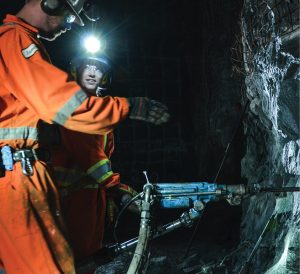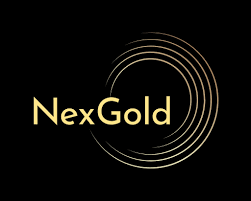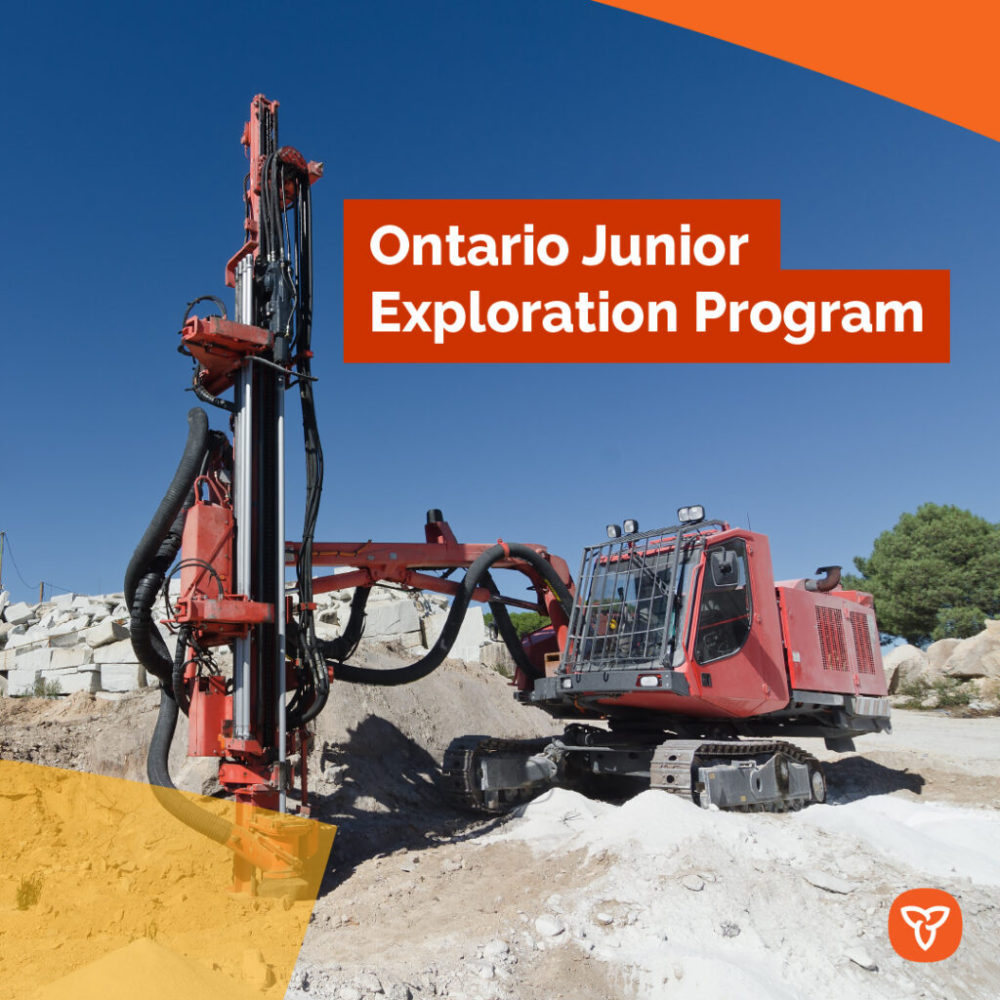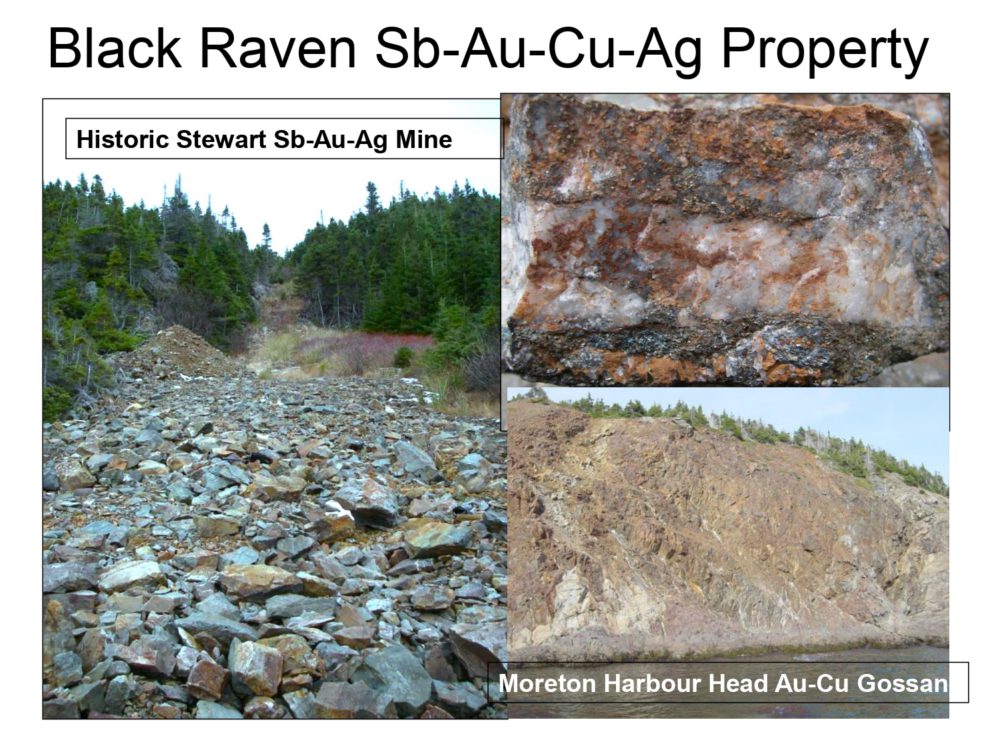How miners can compete for the talent they need

At Norcat’s test mine in Onaping, Ont. Credit: Norcat
The 2020 Mining Industry Human Resources Council (MiHR) National Employer Labour Market Survey asked Canadian mining companies to identify the biggest challenges they anticipate in meeting their workforce requirements in the coming years. Not surprisingly, 91% stated one of their biggest challenges will be finding, attracting, and hiring qualified or skilled workers. Almost as many, 82%, cited upgrading the skills of supervisors and managers will be one of their biggest challenges. Next, 73% voiced significant challenges in attracting a more diversified workforce, and 64% stated retaining employees will be one of their biggest challenges. Collectively, these insights would alarm most HR professionals, but when coupled with the Canada-wide forecasted need for more than 100,000 new mine workers over the next 10 years, these concerns only becomes more heightened and exacerbated.
Recognizing this perfect storm of growing industry-wide human capital demands coupled with a perceived shrinking supply of workforce candidates, mining executives are working to build and deploy strategies that will help them win at both employee recruitment and retention. This said, I am keen to share some insights that may help mining industry leaders seeking to deploy creative solutions to address these growing industry-wide challenges.
I want to start with setting context by sharing a quote from a recent seminar I attended that featured Aron Ain, the CEO and chairman for UKG, a $3-billion global company and best selling author of WorkInspired. During the event, Ain reminded everyone that “People join organizations because of the organizations, but they leave because of who they work for.” This concise and clear phrase should force all mining leaders to pause and reflect on how this influences your talent attraction, recruitment, and retention strategies.
Over the past nearly 10 years working with skilled labour companies around the world, I have come to learn that one of the most important success factors in retaining quality employees is ensuring they have a respectful and meaningful relationship with their supervisor. To accomplish this, it is imperative that supervisors not only have the technical skills and credentials to do their job effectively, but also understand how to engage, empathize with, and lead their subordinates to do their jobs efficiently, productively, and safely.
Is it difficult to assess the dynamic of this relationship? No, it’s not. However, it is surprising to find that many organizations today still conduct what I call “traditional” employee engagement surveys and processes that often ask questions centred on the employees’ relationship with the company – not their managers. If great people, many of whom have lots of employment options, often leave companies because of their managers, shouldn’t mining companies ask more questions to assess the health and dynamic of these relationships? Do your managers care about the people they manage? Are they familiar with the ambitions of the workers they lead? Would your employees recommend to a friend to work for their manager? As already noted, 82% of mining leaders cited upgrading the skills of supervisors and managers will be one of their biggest challenges in the coming years. As part of this “upgrade” I would encourage all would-be and existing supervisors to fully understand the concept and importance of emotional intelligence. Why? Research has demonstrated time and time again it is the single biggest attribute of successful and engaging leaders. Given this, I would suggest that 100% of mining executives should consider developing strong supervisors as the single most important human capital challenge facing the Canadian mining industry for the foreseeable future.
Recruiting new talent
Assuming you have created or can create a working culture and dynamic that can retain great employees, I want to shift gears and focus on the challenge of attracting and recruiting new talent. Borrowing again from Aron Ain, one of my favourite stories he shares is framed by borrowing a tactic from the TV show Undercover Boss. When Ain was aware of new potential hires coming in for an interview for a job with his company, he would often arrange to “coincidentally” be sitting in his company’s reception area. Ain, incognito, would strike up a casual conversation with the candidate and ultimately ask the question, “Why do you want to work here?” More often than not the respondents would say “Because this is a great company to work for.” Which inevitably led Ain to counter with: “How do you know that if you don’t actually work here?”
At this moment, the unsuspecting employment candidates would disclose they often read reviews and articles on glassdoor.com and indeed.com, among other sources, that provide a forum allowing employees of any company to write about what it’s actually like to work there. If mining leaders aren’t familiar with these or similar websites, they need to be. If you don’t think your company is being reviewed on these sites, you are probably wrong. This story was solely intended to highlight an important theme. If you have a strong culture where workers are having an engaging, positive, and inspiring experience, you need to encourage your employees to “tell those stories” and publish them and promote them on channels where prospective workers go to find career information. Don’t think it’s important? According to a recent survey from Fractl published on CNBC, one in three workers has turned down a job offer after reading negative reviews about a company online. Yes, some of the reviews are not authentic. Yes, many of the reviews are negative posts offered up by disgruntled employees. But that’s not the point of sharing this story. The intent is to provoke an evaluation of how you leverage your employee experiences to convey and promote to your target audience that your company is a great place to work. It matters and will matter even more in the coming years.
These challenges and opportunities also come at a time when the Canadian mining industry is undergoing a technology transformation unlike any other time in the industry’s history. Investments in battery-electric equipment, tele-remote/autonomous control systems, and communication infrastructure, among others, are all rooted in improving the economics, productivity, and health and safety of mining operations. However, I would encourage mining leaders to further evaluate and promote these technology investments as a competitive differentiator to win the battle for talent.
What do I mean by this? Recent research published in the Harvard Business Review shows employee opportunities for career development have become one of the most important factors in workplace happiness and engagement. Yes, you need to pay workers enough to take the “money discussion off the table,” but once that is accomplished, mining companies need to consider creating opportunities for ongoing learning and growth, for workers to have jobs that use the “latest and greatest” technologies that are engaging and safe, and enabling a culture rooted in competent, strong, and empathetic supervisors. Combining these attributes, although easier said than done, will be imperative for Canadian mining companies to win the many battles to recruit and retain great employees.
Don Duval is the CEO of Norcat, a not-for-profit technology and innovation centre based in Sudbury, Ont. (www.norcat.org).





Comments